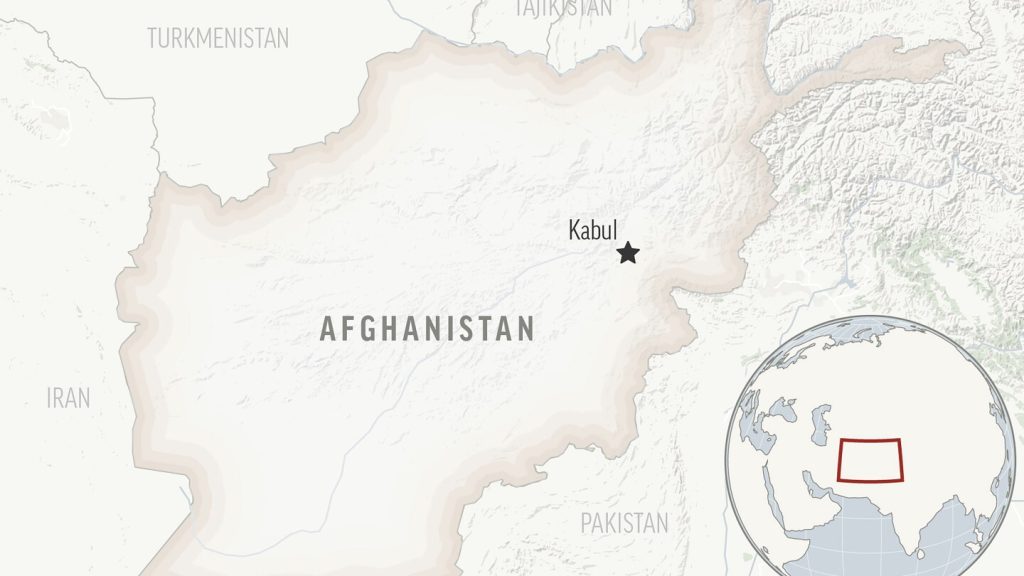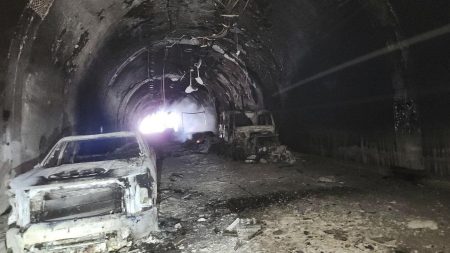A Grim Day in Kunduz: Suicide Bombing Shakes Northern Afghanistan
On Tuesday, a somber and tragic event unfolded in the northern Afghan province of Kunduz when a suicide bomber detonated explosives near a branch of the Kabul Bank, leaving at least five people dead and seven others wounded. According to Jumauddin Khaksar, a police spokesman, the attack occurred in a busy area, highlighting the vulnerability of civilian spaces even under the new Taliban rule. Among the casualties was a guard at the bank, whose life was cut short while trying to protect the premises and its patrons. The immediate aftermath was chaotic, with emergency services rushing to the scene to tend to the wounded and secure the area. No group has yet claimed responsibility for this heinous act, and the police are actively investigating to uncover the orchestrators of the attack.
Suicidal Violence: A Rare but Lethal Threat
While suicide attacks have become less frequent since the Taliban’s takeover in August 2021, this incident serves as a stark reminder that the threat of militant violence persists in Afghanistan. The reduced number of such attacks can be attributed to the withdrawal of U.S. and NATO forces, which left a power vacuum that the Taliban quickly filled. However, the presence of other militant groups, such as the Afghan chapters of the Islamic State, continues to pose a significant risk. These groups have been known to carry out high-profile bombings, often targeting government officials, civilians, and minorities. Despite the Taliban’s efforts to establish control, the remnants of these factions are still capable of launching devastating attacks, deepening the sense of insecurity and fear among the population.
The Target: Kabul Bank and Its Significance
Kabul Bank, Afghanistan’s largest private bank, serves a crucial role in the country’s financial system. It provides essential banking services to both individuals and businesses, making it a symbol of the economic infrastructure that the country relies on. The attack on a bank branch not only results in the loss of lives but also disrupts the financial stability of the region. The choice of this target suggests a deliberate attempt to undermine confidence in the banking sector and, by extension, the broader economic and governmental systems. This is particularly alarming given the fragile state of Afghanistan’s economy post-Taliban takeover and the international sanctions that have further complicated financial operations.
The Aftermath: Community in Shock
The community in Kunduz is reeling from the shock of this attack. Local residents, who often frequent the area for daily banking transactions, are now facing a heightened sense of danger. The sight of bloodstained pavements, shattered glass, and the remnants of the explosion has left an indelible mark on the collective psyche of the people. Emergency services worked tirelessly to provide medical assistance to the wounded and to clear the debris, but the emotional toll of such an event is profound. Families are mourning the loss of their loved ones, and the fear of future attacks is palpable. The attack has not only caused physical destruction but has also deepened the psychological trauma experienced by the local population.
Previous Acts of Violence: A Pattern of Targeting the Elite
This latest attack is not an isolated incident. Two months ago, a suicide bombing in Kabul claimed the lives of Khalil Haqqani, the Taliban refugee minister, and two others. This attack was particularly significant as it marked one of the most brazen acts of violence against a high-ranking Taliban official since the group’s return to power. The targeting of Haqqani, a key figure in the Taliban’s inner circle, sent a strong message of defiance and instability. Such attacks are designed to destabilize the new regime and create a climate of fear and uncertainty. The recurrence of these attacks underlines the ongoing challenges the Taliban faces in maintaining security and order in the country.
Looking Forward: The Path to Stability
As Afghanistan grapples with the aftermath of this tragic event, the question of how to achieve long-term stability looms large. The Taliban, now in control, must address the root causes of violence and work to dismantle the remaining militant networks. This requires a multifaceted approach, including effective governance, economic development, and meaningful engagement with the international community. The international community, for its part, must carefully weigh its options in providing support to the new government while ensuring that human rights and democratic principles are upheld. The road to stability is fraught with challenges, but the resilience of the Afghan people and their determination to build a better future offer a glimmer of hope.












